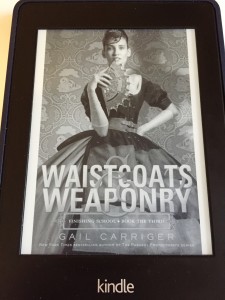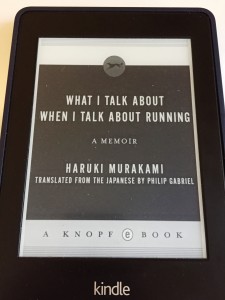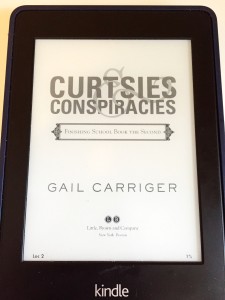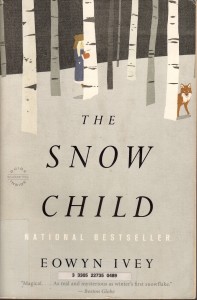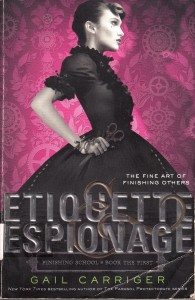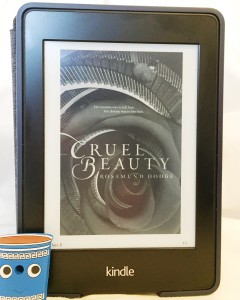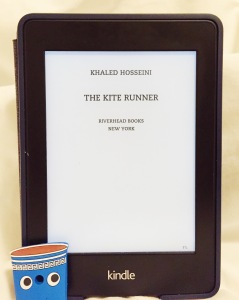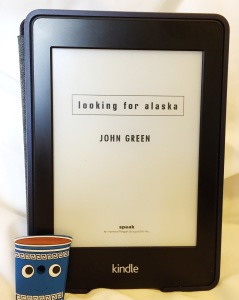 What’s it about?
What’s it about?
The Strange Library, I think, pretty solidly qualifies as surreal. There’s a shepherd who goes to the library, and he’s directed to the basement. He makes his book request to an elderly man in room 107, who brings him his books and then directs him to the reading room, through a maze and eventually to a jail cell. Once there, he’s told to memorize the books in 30 days or else. There’s a man who wears a sheep costume and a beautiful woman with no voice who bring him his meals. It’s odd.
Why should you read it?
If you’re getting shades of Kafka, I wouldn’t be surprised. Naked Lunch also popped into my head whilst reading it. There’s a hero, and he’s going on a quest, but he’s not really sure what’s going on and neither are you. Furthermore, there are some things said that make you question your narrator’s reliability. Could this all potentially be a dream? Yes. Could the hero be crazy? Abso-freaking-lutely. I wouldn’t call The Strange Library entertaining, but it gave my brain a nice little workout.
